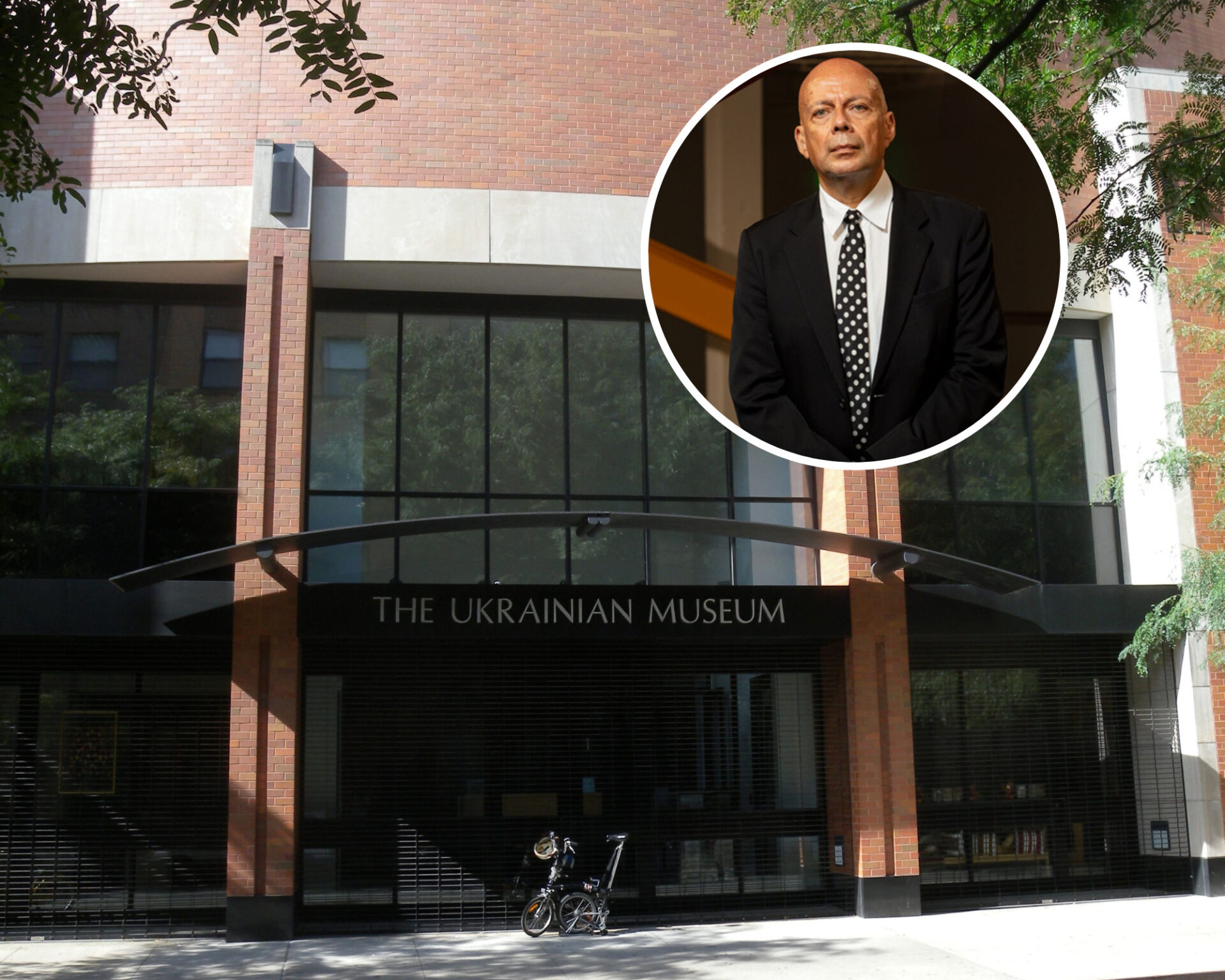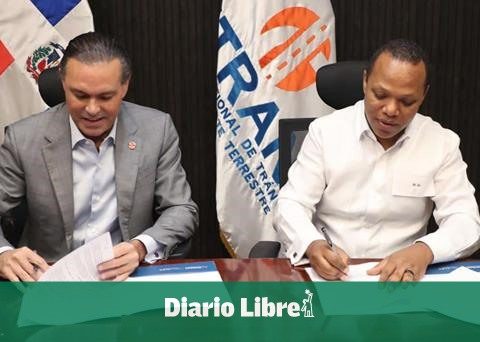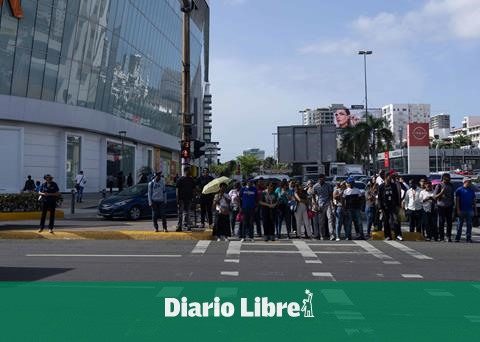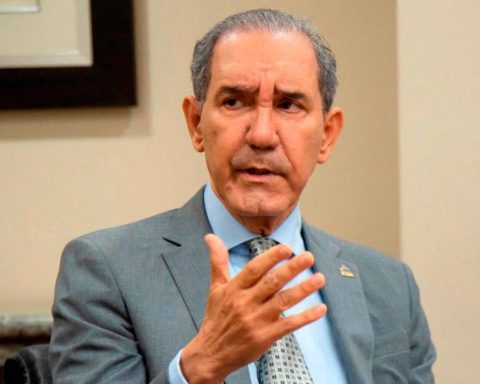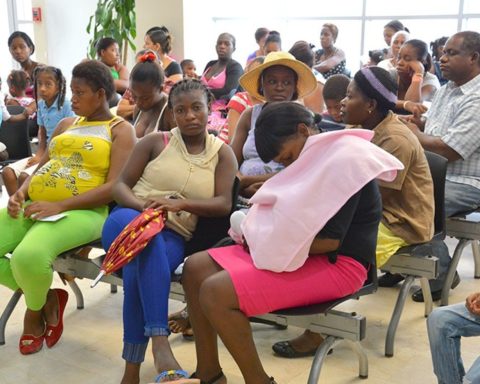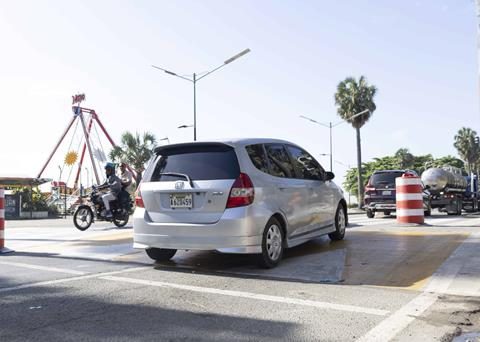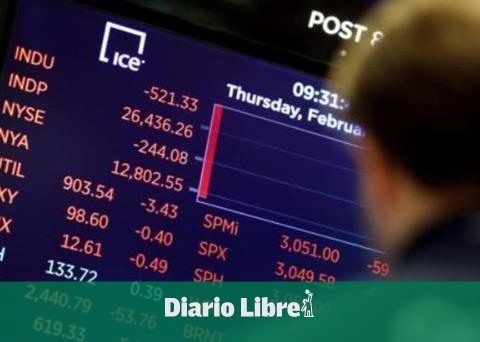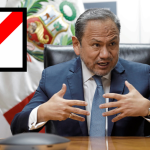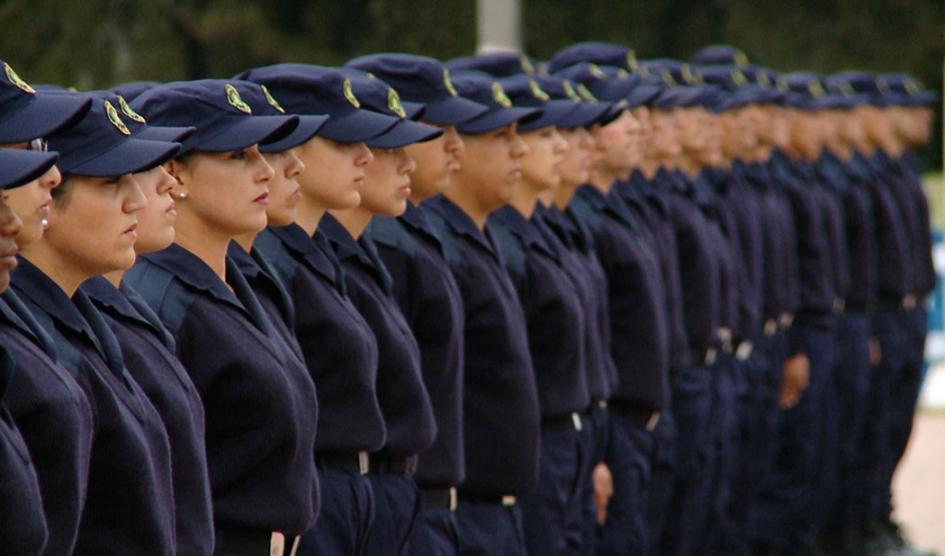The Ukrainian Museum of New York is housed in a modest red brick building in the East Village neighborhood, the largest in the world dedicated to this country outside its borders and which, in the words of its new director, Peter Doroshenko, is a mirror and refuge of a cultural legacy now in danger.
Doroshenko, born in Chicago of Ukrainian parents, explains to Efe that he feels a “great responsibility” at the head of the Ukrainian Museum despite his three decades of experience as director and curator, since he sees this entity as a “representative of what is happening in museums in Ukraine».
And this is how he conveys it: dressed in black except for a pin with the blue and yellow flag, he gives way to his most recent exhibition, “Impact Damage”, in which darkness and silence dominate the room and only they appreciate some paintings, sculptures and artifacts under the light projected by documentary videos about the war caused by the invasion of Russia.
REMINDERS OF THE WAR
Unless a flashlight is used, it is the images of fleeing refugees and soldiers in the trenches shot by Babylon’13, a collective of cinematographers and activists, that shed some light to allow the traditional embroidery of a 19th century suit to be seen. . XIX, or the drawing of a political poster from the Soviet era present in one of the rooms.
“It is the experience of what happens in 99% of the museums in Ukraine: they are not open, there is nobody there,” says Doroshenko, who is in contact with many directors and has also promoted a rotating exhibition to tell their stories and the work they do to safeguard their collections.
The museum also honors the photojournalist Maks Levin, killed by Russian troops in the first month of hostilities near kyiv, according to reporters Without Borders, and displays fifty of his snapshots, the last ones he took, accompanied by a map with an explanation about the conflict.
A LEGACY IN DANGER
Although politics is very present, there is also art free of it, such as the surrealist paintings of Emma Andijewska, which fill a gallery on the second floor, or the ceramics inspired by female figures of Ukrainian folklore by Slava Gerulak, in an underground gallery next to to a library and a classroom.
In 2024, if all goes well, there will be an exhibition of the naive painter Maria Prymachenko, an icon of Ukrainian identity who made international headlines after some thirty of her works were burned in a Russian bombing near kyiv that affected to the museum that housed them.
“It is an aspect of what the Russians are doing to Ukrainian culture: basically they are trying to destroy it,” said the director, who from his institution promotes a program called SAFE so that those museums receive computers, access cloud services and can electronically register your collections.
The executive highlights the commitment of the Ukrainian Museum to its community given the current geopolitical situation, but also vindicates the entity’s almost half-century of work to preserve the country’s artistic and cultural legacy, which has given rise to an archive of some 7,000 works.
RUSSIAN OR UKRAINIAN?
“We don’t want to stop talking, because of the war, about the historical aspects that make us Ukrainians,” adds Doroshenko, who wants to “continue” the work of this institution as a mirror of Ukrainian culture, putting his experience and contacts on the table. .
However, he admits that he also seeks to “realign certain aspects of the history of art in the 20th century about who is Ukrainian and who is Russian”, a topic that the war has brought up and that is reaching some renowned museums such as the MoMA, the Guggenheim or the Metropolitan.
In that sense, he points to Kazimir Malevich, Vladimir Tatlin or Alexandra Ekster, although the list “goes on and on”, as Ukrainian artists who were categorized as Russian and whose “inappropriate labels of yesteryear” have begun to be “corrected” as a result of those conversations, something that applauds.
After eleven years at the helm of the Dallas Contemporary museum, Doroshenko’s challenge at the Ukrainian is to expand the offer with graphic design, architecture, fashion or cinema, but above all “create a multidisciplinary organization that is not afraid to show the best that museums can offer.” Ukrainians and the diaspora,” he adds.
